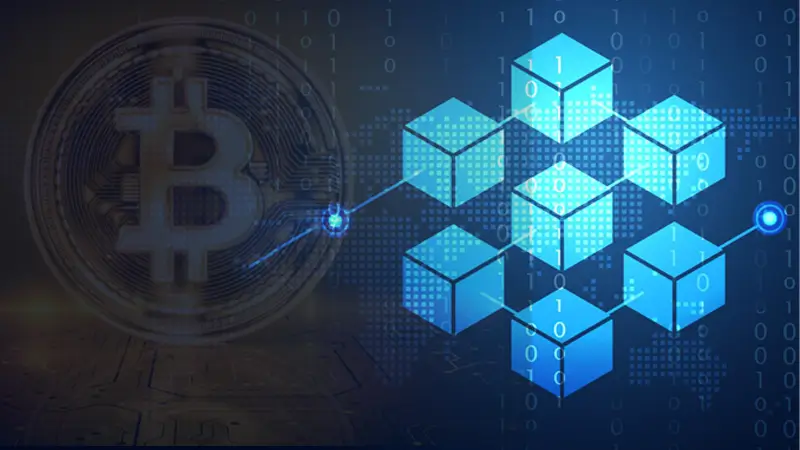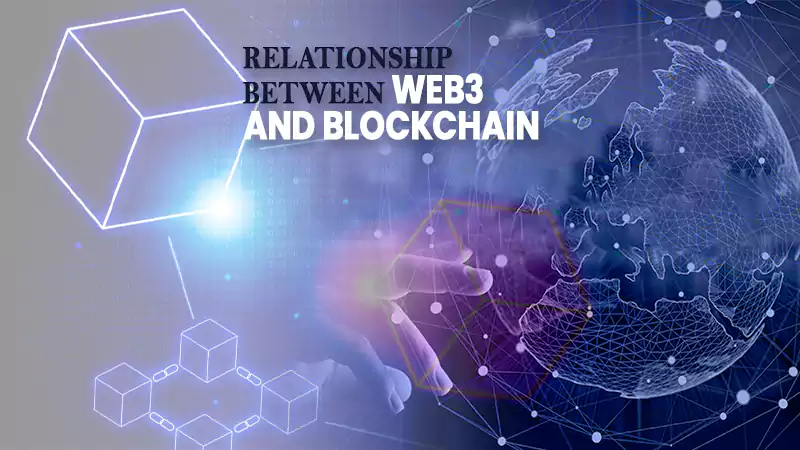The diversity of cultural, economic, and geographic issues leads to new challenges in our supply chains. The blockchain was designed to provide two fundamental benefits, the first being a means to create trust between disparate parties who would otherwise not trust each other. In this manner, it is, in essence, providing a trustless audit trail. Choose the best crypto trading apps if you intend to invest or mine Bitcoin.
Given the high level of economic activity and opportunities for corruption in diverse parts of the world, we believe that a distributed public ledger can help us track and monitor sensitive transactions and facilitate compliance and risk mitigation segments of our supply chains.
However, working with data on a blockchain is not necessarily easy. Companies will only mitigate issues such as latency and security through proper architecture design. The below-mentioned portion aims to provide an overview of blockchain architecture, the diversity of global trades, the mechanisms of communication with other blockchains, and the benefits they could provide to supply chain management.
Blockchain Architecture
Blockchain architecture is a mixture of public and private ledgers. The public ledger is written and distributed, whereas each party has its private ledger. It can be viewed as a shared database, managed by consensus protocols that enforce rules about what transactions are valid and how to reconcile them.
In other words, blockchain architecture also provides transparency where participants know all the transactions made by their peers on the network. It can be beneficial in terms of theft prevention since participants will have visibility into any fraudulent transactions by their peers. Figure 1: Blockchain Architecture
Global Trade
Global trade is rising as most countries worldwide engage in cross-border economic activities. As of 2016, just over $90 trillion (roughly 32% of the gross world product) worth of goods and services were traded across international borders.
Global trade is a highly diverse concept; a decentralized ledger like blockchain can provide benefits in multiple ways at every step of our supply chains. First, traceability and transparency are crucial for ensuring food safety and preventing tampering or counterfeiting. The second way global trades can benefit supply chain managers is in settlement and settlement accounts.
Bank meetings and settlements are often held in multiple locations by different intermediaries. Blockchain architecture could play a significant role here as each part of the supply chain can have its ledger, providing unique information on the movement of goods from one location to another. In addition, blockchain technology can allow for settlements between parties at a global level in real-time which would mean that you don’t need to wait for bank meetings to be held at some random date and location.
Blockchain Contributes to the Digitalization of Global Trades
The blockchain ecosystem aims to provide an open platform for people to interact with each other to achieve their desired goals. These goals could include international trade where parties can negotiate contracts, track products through the supply chain and ensure that the terms of the agreement are being met.
Blockchain technology provides both transparency and immutability, allowing parties to access the behavioral history of all participants on the network, lowering the risk of failure due to counterparty default. In addition, technology provides a means for transactions to be trusted without having any centralized party involved.
Global trades are a collaboration between parties from different geographies, cultural backgrounds, economic statuses, etc. The level of collaboration can vary from a simple supply chain contract to a full-blown collaboration where multiple parties collaborate to create a new product or service. Supply chains are fraught with the risk of cost and time overruns, unexpected product failures, and fraudulent transactions.
A decentralized system like blockchain can provide such assurance by accessing all participants’ transactions to authenticate transactions. In addition, blockchain architecture provides data exchange between supply chains, including real-time information about transaction progress. It will help reduce fraud by making it harder for parties to misappropriate goods or information.
Blockchain as Means of Communication
Blockchain technology brings together multiple participants in an open network where each party has their private ledger shared between them. The public and private ledger approach also prevent collusion and manipulation of data by participants on the network.
It is achieved in a case-based way where specific rules are set out for individual transactions between parties to ensure that they are valid and can be processed on the network. As a result, blockchain technology provides an audit trail that users can use to trace transactions from the start of their journey until they reach their destination. It helps in preventing tampering or counterfeiting across supply chains.
Closure
The blockchain ecosystem will continue to grow as a technology, a community, and an industry. However, there is a significant gap between the status quo of global trade and the potential of blockchain technology to provide new opportunities to the supply chain industry.
Such an architecture can act as a trusted third party which would help drive down costs and decrease time spent on contractual negotiations and administration tasks. In addition, the decentralized ledger approach provides transparency across multiple parties, increasing trust between non-competing entities while reducing costs associated with auditing parties and processes.








